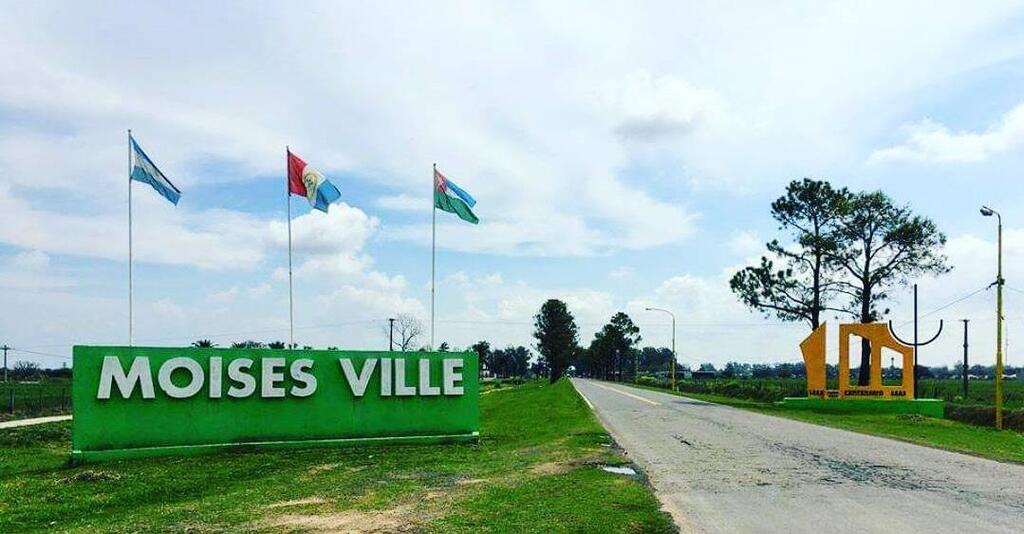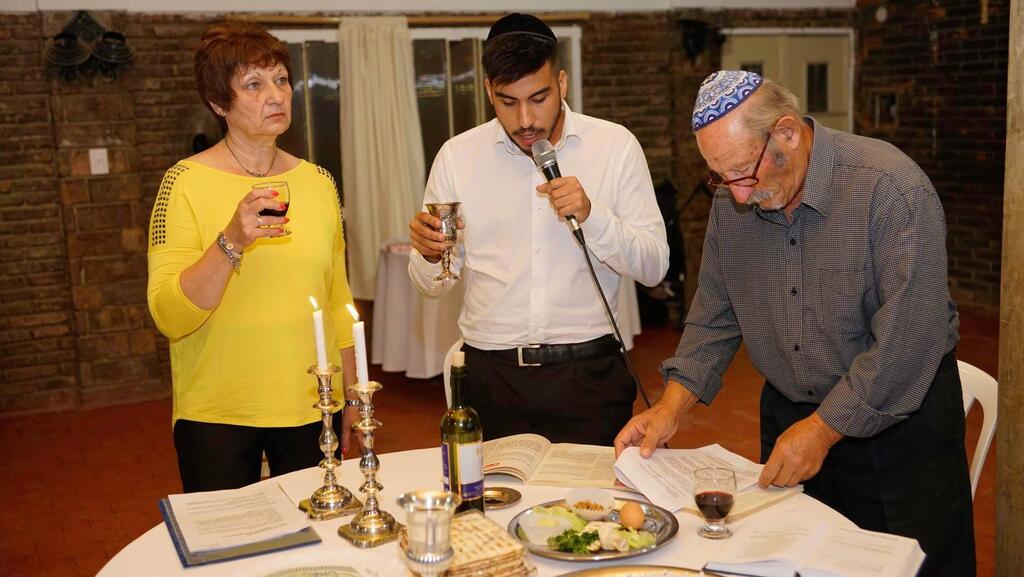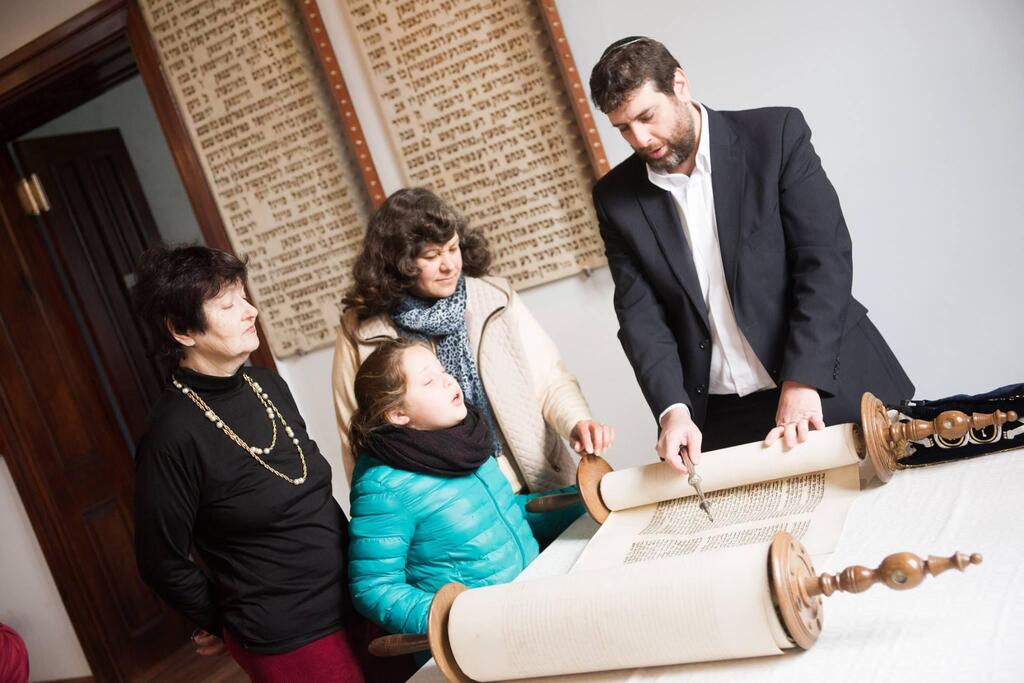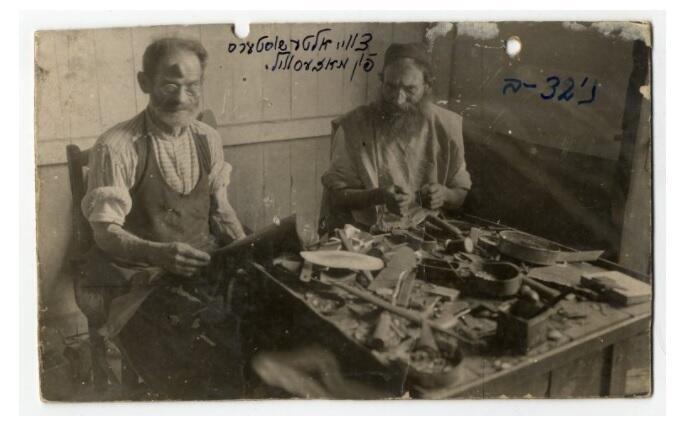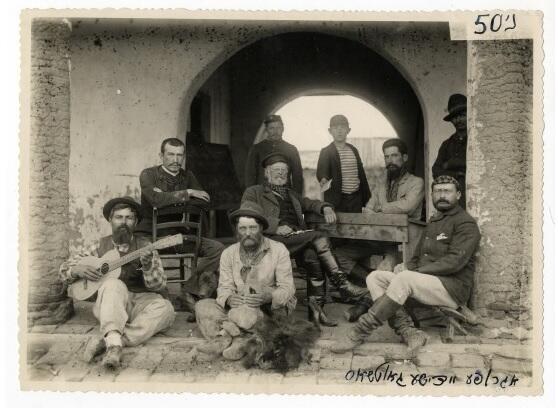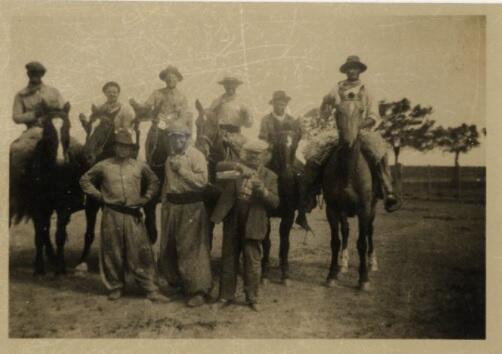The Jews in the town of Moises Ville in Argentina are struggling to gather a minyan (quorum of ten Jewish adults required for certain religious obligations) on Shabbat. In the town that was known as "Jerusalem of Argentina," there are just over one hundred Jews remaining, remnants of Baron Hirsch's attempt at agricultural settlement. He proposed the establishment of a Jewish state on Argentina's vast territories, several years before Theodor Herzl's dream.
More stories:
The story of the town begins at the end of the 19th century when many Jews in Europe couldn't bear antisemitism anymore and dreamed of a better economic future for their children.
Between 1881 and 1914, about a quarter of the Jewish people emigrated in search of a new land. In the summer of 1889, Jews from the Podolia region (now Ukraine) decided to leave the area due to the pogroms. On August 14th, the ship "Wesser" arrived at the port of Buenos Aires carrying 815 Jews from Podolia. From there, they traveled about 600 km northwest and established the first Jewish settlement in Argentina in the province of Santa Fe.
The legend tells that the community's rabbi, Aharon Goldman, decided to call the place in Yiddish - "Moizesvil" (and in Hebrew "Moisesville"), which means "Moses' city," after the biblical figure of Moses. However, it is likely that the name was chosen as a tribute to Baron Maurice (Moshe) de Hirsch, who supported the Jews who decided to work in agriculture.
In 1891, Baron Maurice de Hirsch formulated a plan according to which Jewish immigrants from Eastern Europe would be able to establish a Jewish state on the vast and empty lands of Argentina. In 1895, he met with Herzl, which led Herzl to write a special chapter in his book "The Jewish State" titled "Palestine or Argentina?"
"In the mid-1990s, about 2,800 people lived in Moises Ville, of whom only about 600 were Jews and the rest were Christians. Nowadays, about 2,000 people live there, of whom just over 100 are Jews, as they mainly grow wheat or raise livestock. There is no institutionalized antisemitism there, but occasionally children spray graffiti on the school's walls or break windows.
Claudia Cohen a mother of three, was born there, moved to Israel, and returned. "When I was 15, I made Aliyah to Israel, and lived for two and a half years in Kibbutz Geshur," she says. "Then I returned to Argentina, but after a short time I told myself, 'I'm going back to Israel' - and I enlisted in the IDF. After the army, I married a Jewish guy from the city of Parna."
She says that "70% of the Jewish residents in Moises Ville are elderly, and all the young people left". Despite immigrating to Israel and wanting to live there, Cohen returned to the village and lives close to her parents. The reason, by the way, is purely practical: "When my children were young, they were sick. I didn't have anyone to help, and I wanted their grandparents to help me with them".
How do you manage to maintain a Jewish way of life?
"We try to go to synagogue every Friday. Usually, there are only 10-12 people. We don't have a rabbi, but we have a young cantor named Joaquin who converted five years ago. We do a reception for Shabbat and Kiddush, eat challah and sing. I work in the office of the Jewish community, and because there aren't enough young people to operate a Jewish school, we only hold activities for children once a week. For example, on Tuesday afternoons, I teach a group of 4-6-year-olds, and there is also an additional day for older children."
Cohen adds that "on Jewish holidays, the community gathers. On Hanukkah we light candles, on Purim, we dress up, and on Passover, we plan to gather 40-50 people to read the Haggadah. We don't have a place to buy kosher food here, but for Passover, for example, we ordered matzah from Buenos Aires"."
The catalyst behind the establishment of Jewish settlements in Argentina were the pogroms in Ukraine in 1881-1882, as well as the expulsion of Jews from Moscow in 1891. Many European Jews preferred to migrate to the United States, while some chose to go to the land of Israel. Thousands of Jews arrived in South America, especially in Argentina which was then rich and prosperous thanks to the fertile land that yielded abundant wheat, and the vast grazing areas where they raised cattle.
The cowboys herded the cattle and were called "gauchos". Similar to the American cowboy, the gauchos, including many Jews, were tough guys who rode horses, armed with a long knife (falcon) and "bolas" to catch cattle (a number of stones tied on a leather strip).
Despite the fact that the early Jewish settlers in Moises Ville suffered from diseases and poverty, Jews from Poland, Ukraine, Russia, Serbia, and Romania migrated to the settlement. The person responsible for this was the journalist Nahum Katsevich, who left the town of Saloń in Belarus in 1898, migrated to Moises Ville, and became the leader of the community.
He published articles and essays in the Hebrew press that praised life in the Argentinian settlement. In 1900, he reported in the newspaper "Hazefira": "From our settlements in Argentina: It won't be long before the colony will experience wonders, the livestock will multiply greatly, because a special spirit of progress is hovering over it. The youth are like the native-born colonists, and if it weren't for the fact that it has a synagogue 'towering above it', I wouldn't be able to distinguish it from the other colonies in the country."
Not everyone believed these reports, and in the archives of The National Library of Israel there is a preserved letter sent by a Jewish woman from Eastern Europe to her family in Moises Ville: "It is hard for me to believe that all the good things they are saying about the settlements are true, and therefore I will not migrate."
In response, Nahum Katsevich was sent to Eastern Europe to bring more Jews from the towns from which the first settlers came. He succeeded in bringing another 600 families, and the town had a peak population of 12,000 Jews and a significant number of Christians.
Only seven decades after the establishment of Moises Ville, the first church was built there. Jewish life in that period was thriving - there were several synagogues and even a theater in the settlement. Of course, there was also a Jewish school, where students learned Spanish, mathematics, Hebrew, and Yiddish.
Over the years, the Jews began to abandon the place, and many moved to live in the capital Buenos Aires. Some assimilated, and in a special letter preserved in the archive, it was written: "The climate is unbearable. Jewish learning is declining. There are not enough Jewish boys, and therefore Jewish girls marry locals."


